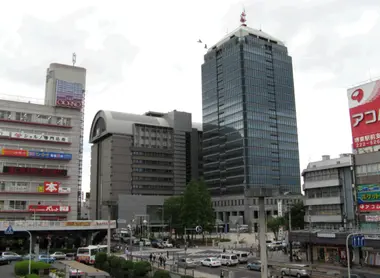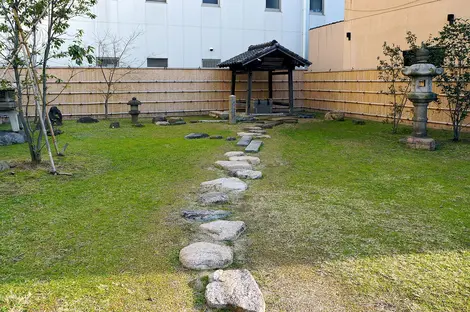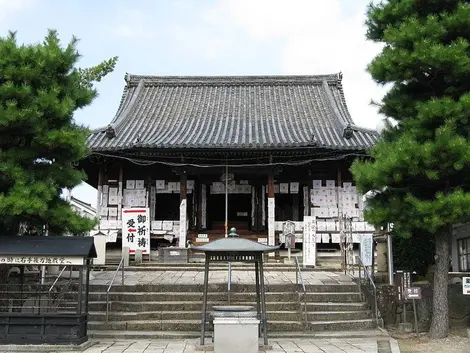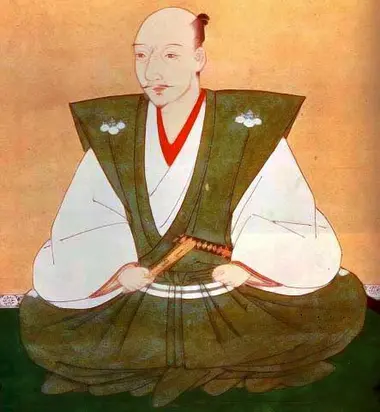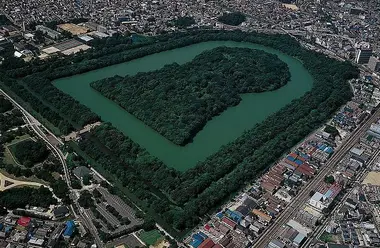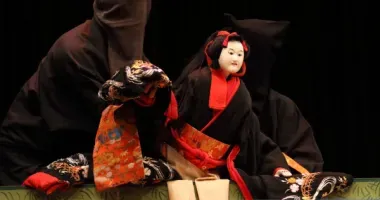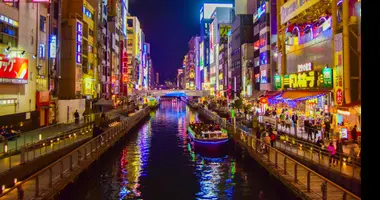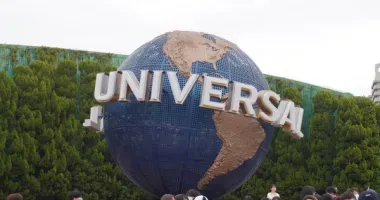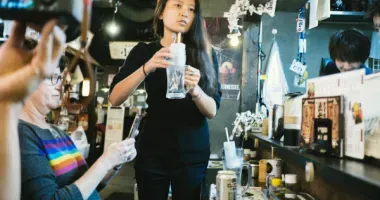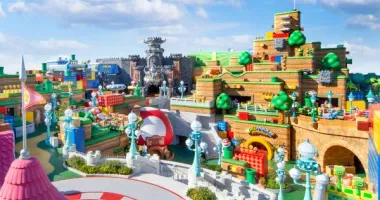The city of Sakai 堺
The medieval port
Sakai is an old market town located about fifteen kilometers from Osaka. Grown by trade, like its big sister in Kansai, the city offers the curious visitor a glimpse of ancient history found as you stroll through the streets.
Sakai or big business
Sakai is a city ideally located, right in the middle of Japan, in a region that since antiquity has been the heart of Japanese activity.
During the troubled times of Sengoku (1477 - 1573), it became an autonomous city, which, like Venice in Europe, prospered through trade and was ruled by an oligarchy of wealthy traders.
The atmosphere of freedom that reigned in Sakai then attracted many great personalities of the time such as the eccentric Buddhist monk Ikkyû. Sen no Rikyû, considered the greatest tea ceremony master in Japanese history, was also originally a local merchant.
The city had a great impact on the political game of the time, not only because of its wealth but also by forging links with the Europeans who landed for the first time on the island.
It thus hosted some of the first firearms manufacturers, with Oda Nobunaga as a client, who relied on them to unify the country.
It was his successor Hideyoshi Toyotomi who ended up putting an end to the power of the city by forcing merchants to settle in his city, Osaka. Since then, the city that has lost importance is best known in Japan for the quality of its yukatas and its knives.
- Read also: Visit Kyoto in the countries of Hideyoshi
History around every corner
The heritage of Sakai reveals the old history of the city. The best-known monument is the kofun – tomb in the shape of a keyhole typical of Japan in the first centuries of our era – of Emperor Nintoku, made in the 5th century. Stretching over a length of nearly 850 meters and comprising three moats, for a total area of 460,000 square meters, it is the largest tomb on the planet.
The city has several known temples. The monk Gyoki, a great figure of the Nara period, thus founded the Ebara temple in Sakai, where even today students go to place their wishes of success in a handkerchief which they hang on the walls of the temple.
The other large temple in the city is Myokoku-ji, one of the largest religious buildings of the Nichiren sect of Buddhism where we find the Great Cycas of Japan, a tree over 1100 years old, a natural monument of Japan since 1923, and which would have been almost destroyed by Oda Nobunaga before being returned to Myokoku-ji.
The temple is also the site of the so-called Sakai incident where, in 1868, Japanese samurai had to commit seppuku to be forgiven for having killed several French sailors.
Finally, for tea ceremony enthusiasts, the ruins of the house of Sen no Rikyû are open to visitors, with the garden at the bottom of which is the famous camellia well.
